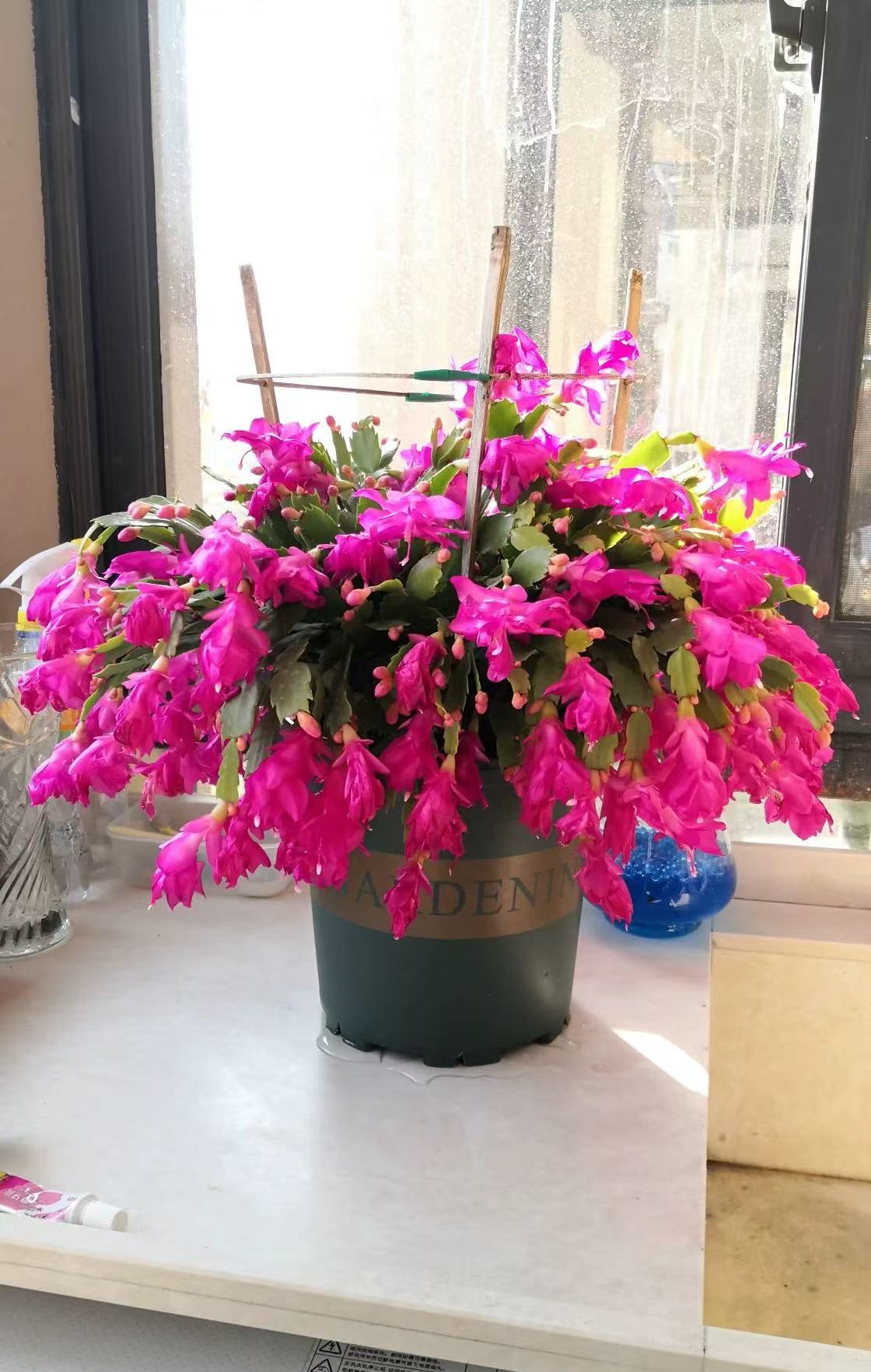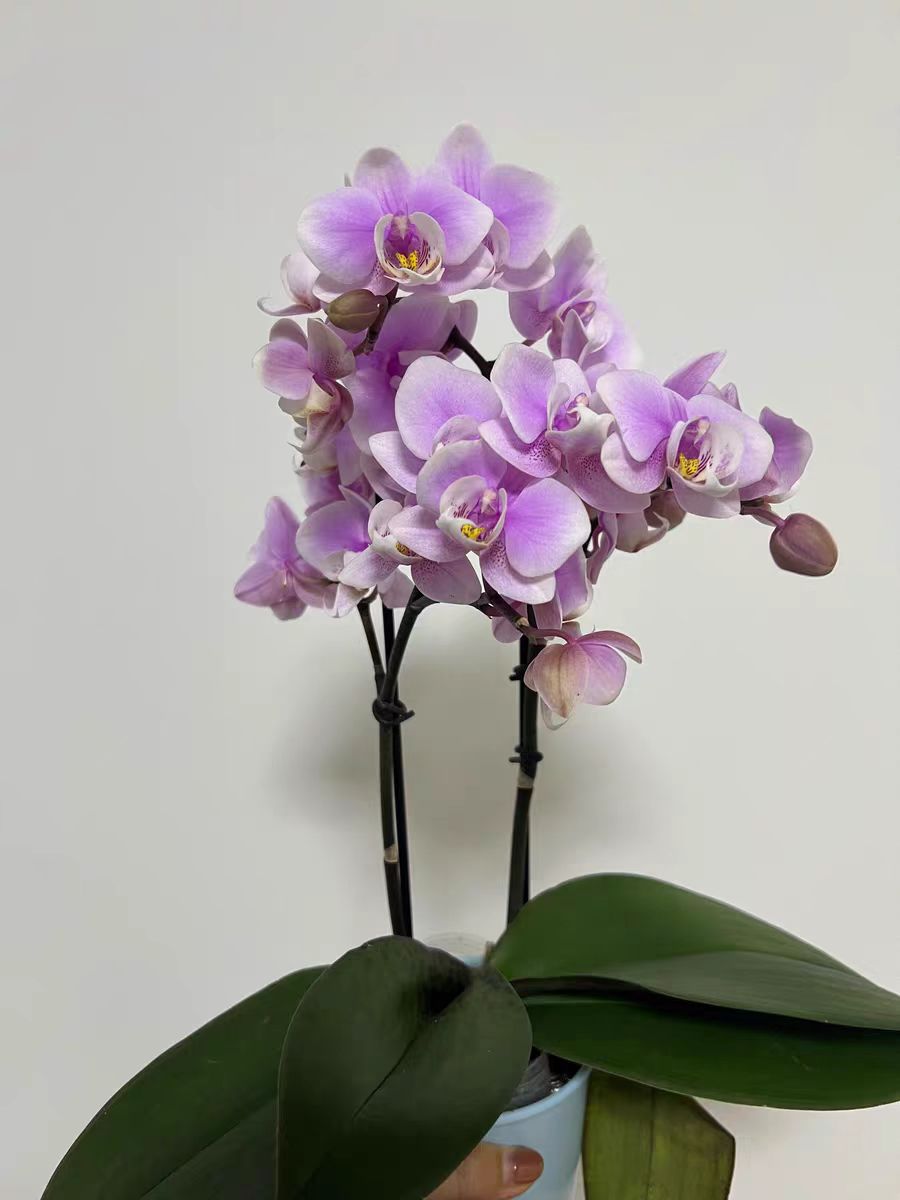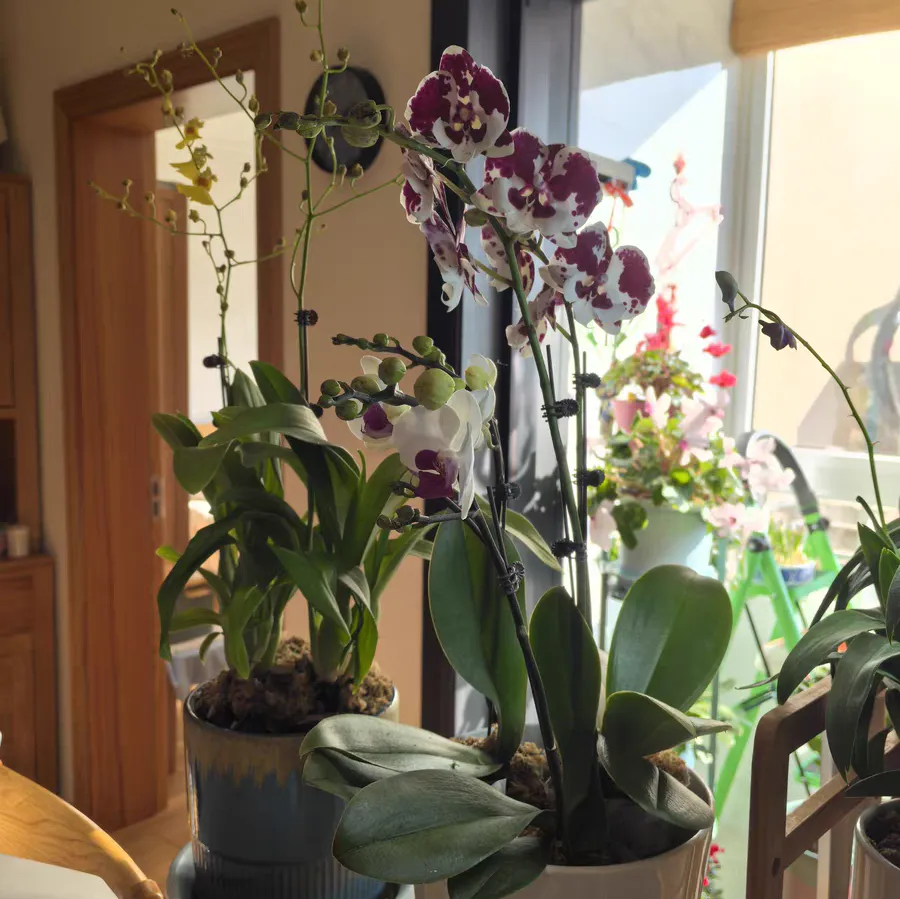As a popular ornamental plant, Schlumbergera's unique appearance and maintenance value make many families choose it as an indoor potted plant. However, one of the common problems encountered in the maintenance process of Schlumbergera is root rot. So what are the reasons for the root rot of Schlumbergera? And how should we deal with the situation of root rot? Let's take a look together below.
The following are the main reasons for root rot of Schlumbergera:
Schlumbergera is relatively sensitive to water. Excessive watering or poor drainage is the primary reason for root rot. When the water content in the soil is too high and the roots are in a wet environment for a long time, they will suffocate and rot due to lack of oxygen. Especially in summer, Schlumbergera is in a semi-dormant state and has a reduced demand for water. If watering is still frequent at this time, it is very easy to cause root rot.
Schlumbergera does not like strong fertilizers and raw fertilizers. Applying too concentrated fertilizers or unfertilized fertilizers will burn the roots and cause root rot. Chemical fertilizers should be applied in small amounts and multiple times to avoid excessive application at one time, so as to prevent fertilizer damage due to the inability of the roots to absorb.
Poor soil permeability and drainage are also important factors leading to root rot of Schlumbergera. Soil with poor air permeability will hinder the respiration of the roots. If the roots are in this environment for a long time, they are prone to rot. Therefore, choosing loose, breathable, moisture-retaining, water-permeable and nutritious soil is crucial for the growth of Schlumbergera.
Environmental conditions of high temperature, high humidity and poor ventilation will also increase the risk of root rot of Schlumbergera. In continuous high temperature weather such as dog days, if Schlumbergera is not transferred to a cool and ventilated place in time, it is easy to cause high temperature root rot.
Once root rot symptoms are found in Schlumbergera, measures should be taken immediately to deal with it to prevent the condition from worsening. The following are the best treatment methods for root rot of Schlumbergera:
Carefully take Schlumbergera out of the pot and rinse the root soil with clean water. Check and trim the rotten roots. When trimming, pay attention to keeping the wound flat to avoid tearing. After trimming, place the plant in a ventilated place to dry the wound, which generally takes 1 to 2 days.
Prepare new loose, breathable, moisture-retaining and water-permeable soil, and mix substrates such as perlite, vermiculite and peat soil in proportion. Ensure that the soil is free from pests and diseases and be fully disinfected before use.
Replant the treated Schlumbergera into the new soil. Note that it should not be buried too deep to avoid affecting respiration. After planting, place it in a place with good ventilation and sufficient scattered light for maintenance.
After replanting, Schlumbergera needs to strictly control the watering frequency and amount to avoid root rot again due to excessive soil moisture. Generally follow the watering principle of "water when dry", that is, wait until the soil surface is slightly dry before watering.
Keep the maintenance environment well ventilated and avoid environmental conditions of high temperature and high humidity from causing damage to Schlumbergera. During high temperature periods in summer, measures such as shading and spraying water can be taken to reduce environmental temperature and humidity.
After Schlumbergera resumes growth, a small amount of thin liquid fertilizer or compound fertilizer can be applied appropriately to supplement nutrients and promote growth. Note that when fertilizing, follow the principle of "applying thin fertilizers frequently" to avoid fertilizer damage caused by excessive fertilization.
The reasons for root rot of Schlumbergera mainly include improper watering, improper fertilization, unsuitable soil and environmental factors. Through measures such as taking out the pot and trimming the roots, changing the soil, replanting, controlling watering, strengthening ventilation and reasonable fertilization, the root rot problem of Schlumbergera can be effectively dealt with and its growth can be promoted. As long as you understand these problems, I believe your Schlumbergera will definitely grow healthily.
What is the reason for the root rot of Schlumbergera?

Share with
Tagged in :




Leave a Reply